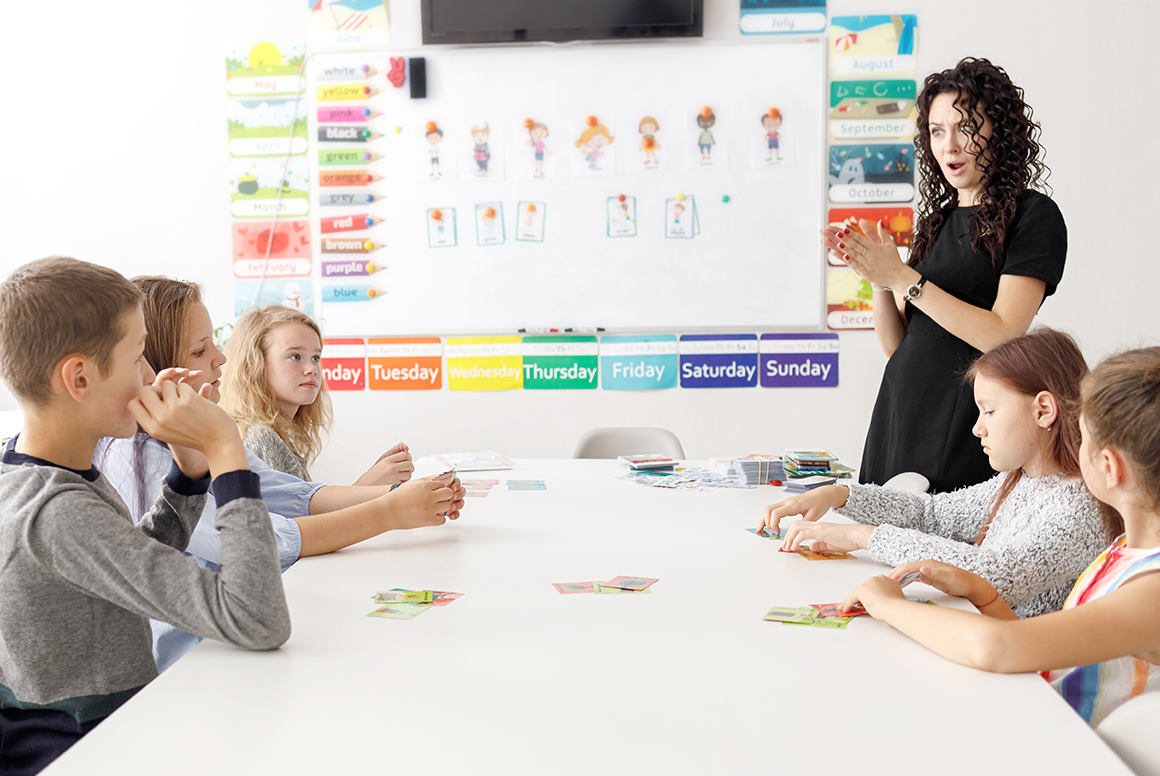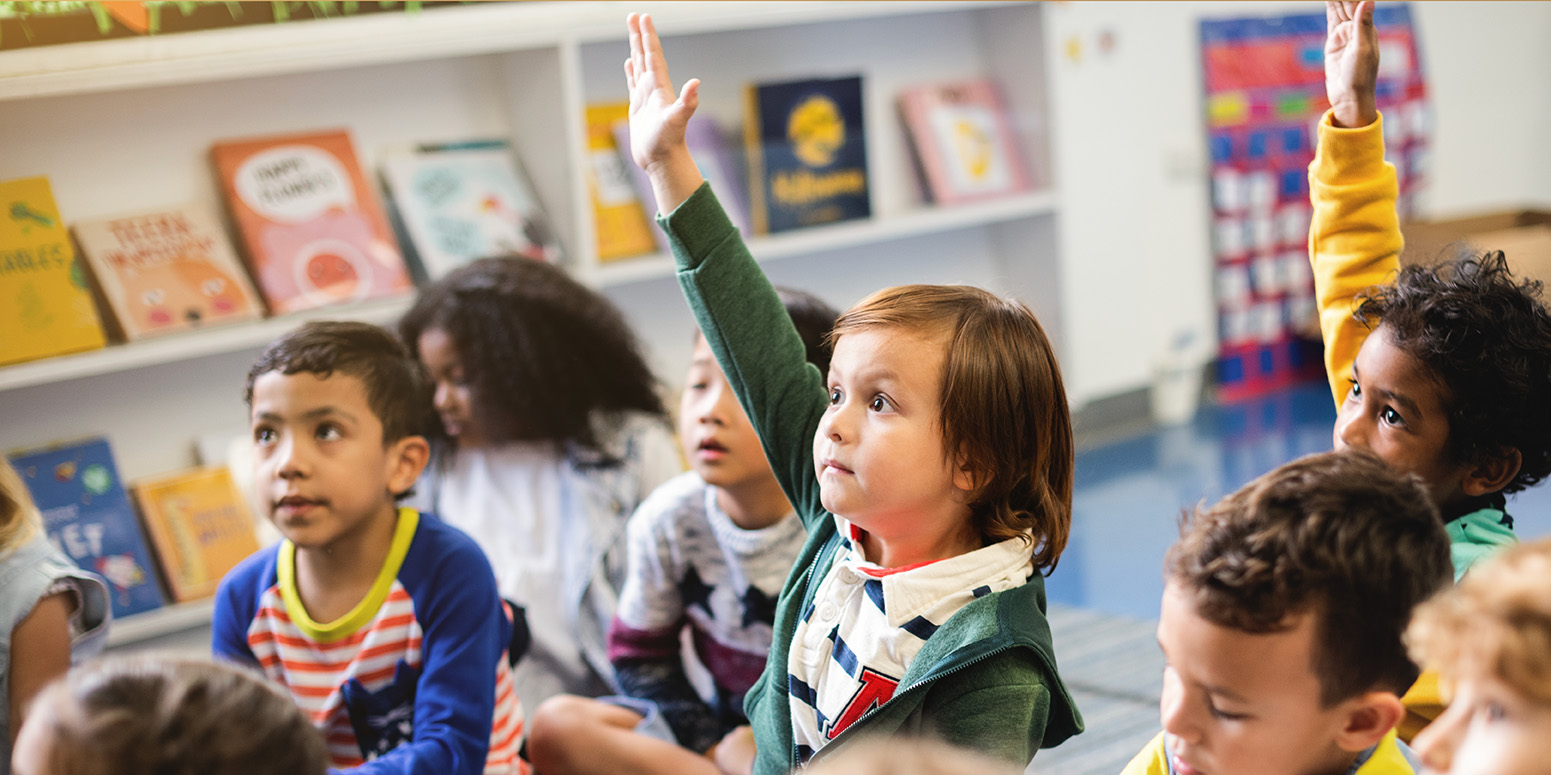
Learn 3 strategies for developing cultural skills through learning English
When teaching English, it is essential that our students develop language skills, but it is also important that they acquire cultural competencies that allow students to understand and navigate in a globalized world. For those responsible for areas or teachers, this opens a door for students to become effective intercultural communicators and be better prepared to face real-life situations.
Learning a language is directly related to understanding the culture that surrounds it. Teaching English without including the cultural context can limit students’ ability to understand how the language is used in different social situations. Therefore, incorporating cultural competencies in English classes not only improves language proficiency, but also promotes values such as empathy, tolerance and respect for cultural diversity, which are essential qualities today.
Activities to promote cultural competences
1. Use of Authentic Materials:
It is valid to include books, articles, videos or songs in English from different English-speaking countries, it allows students to not only improve their language skills, but also to expose themselves to a wide variety of cultural perspectives. This practice facilitates immersion in different realities and promotes cultural understanding.
Example in class: You could organize an activity where students read news stories about holidays in different English-speaking countries and then compare them, discussing how each culture celebrates its traditions in unique ways.
2. Collaborative Projects:
Projects in which students research and present to the class about different English-speaking cultures help to broaden their worldview. By linking language learning to real-life cultural contexts, students are able to connect what they learn to everyday situations, developing empathy and respect for differences.
For example, a project on Maori culture in New Zealand or cuisine in Canada not only expands their cultural knowledge, but also fosters collaboration and creativity in the classroom.
Example in class: Divide students into groups and assign each group an English-speaking country. They can research the customs, typical foods, and forms of greeting in that country, and then share their research with the rest of the class in an oral presentation.

3. International Exchanges and Correspondence:
Organizing exchanges or establishing correspondence with native English speakers in other countries helps students experience cultural diversity first-hand. These experiences enrich both their knowledge of the language and their appreciation for multiculturalism.
Nowadays, thanks to technology, this can be done virtually, through video calls, chats or even shared online projects. Students can engage in conversations with people their own age in countries such as Australia or Ireland, allowing them to see how accents, expressions and customs vary.
Example outside of class: Students can connect with other English-speaking youth through secure email and messaging platforms, where they discuss their daily lives and cultural differences.
Importance of Developing Cultural Competencies through Learning English
The development of cultural competences through learning English offers multiple benefits that go beyond the acquisition of language skills:
● Adaptation to different contexts: Learning English exposes students to new cultural values and norms, facilitating better communication in multicultural environments.
● Promoting tolerance and empathy: Exposure to different ways of thinking and living helps students develop a greater understanding and respect for cultural diversity.
● Preparing for the global job market: Developing cultural competencies is key to success in international work environments, where interaction with people from different backgrounds is common.
Conclusion
By integrating activities that develop cultural competencies in the classroom, we are providing students with the necessary tools to understand and respect cultural diversity, while practising and improving their command of English.
These skills will not only serve them in their academic and professional lives, but will also prepare them to be global citizens, capable of communicating effectively and empathetically in different cultural contexts.
Continue reading for more valuable information on how to improve your English teaching – there is so much to discover and apply in the classroom!

References
- Villacampa, PPP (nd). Culture in the teaching of English. Uva.Es. Retrieved October 15, 2024, from https://uvadoc.uva.es/bitstream/handle/10324/7866/TFG-O%20235.pdf;jsessionid=D756C4B3E9A369D4A1549E9818E4BF4B?sequence=1
- Seifert, S. (2017, January 19). 39 fun ESL games and activities. FluentU Language Learning. https://www.fluentu.com/blog/educator-english/fun-esl-games-group-activities/
- Teaching English to large classes. (n.d.). Englishclub.com. Retrieved October 15, 2024, from https://www.englishclub.com/teaching-tips/teaching-large-classes.php
- Oliveira, L. (2023, June 12). The importance of cultural competence in language learning. On Your Journey; Luciana Oliveira. https://onyourjourney.co.uk/he-importance-of-cultural-competence-in-language-learning/



